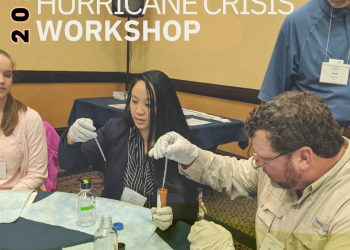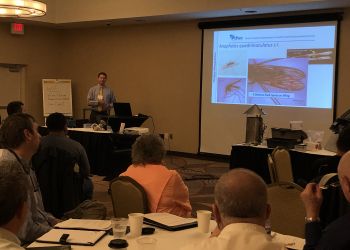San Juan Basin Public Health (SJBPH) applied for a 2023 NACCHO Climate Demonstration Grant to integrate locally specific data and recommendations regarding the health threats of global climate change into its Community Health Assessment and Public Health Improvement Plan (CHA-PHIP) and Public Health Emergency Operations Plan (PHEOP). Colorado law requires SJBPH to update its CHA-PHIP every five years and it has been an SJBPH practice to regularly update the PHEOP, especially concordant with the five-year updates to the PHIP. Around the same time that SJBPH began this work, the counties that SJBPH serve formally resolved to replace SJBPH with individual county health departments beginning in January 2024, as allowed by state law. SJBPH therefore was presented with a unique challenge – turning the PHIP and PHEOP into products that not only serve the existing agency, but that are useful to the counties as they create their own health departments.
While the PHIP and PHEOP will be formally adopted following the completion of the Climate Demonstration Grant, SJBPH has used the funds and learning opportunities to identify risk information about climate change in southwest Colorado, recommend actions to mitigate this risk, and expand climate thinking outside of its traditional homes within the agency, the divisions of environmental health (EH) and emergency preparedness and response (EPR). Highlights are presented below. SJBPH also used grant funds to support a demonstration project to evaluate the feasibility of cooling and clean air shelters serving vulnerable populations. This project is not yet complete, but lessons also appear below.
Overall, SJBPH conclusions demonstrate the importance of holistic climate planning that takes seriously the impacts of climate change to the entire public health system. Colorado regulations and public health disciplinary standards have begun to incorporate “partnerships” and “policy development and support;” while this may seem anodyne or perfunctory, SJBPH believes this is an important framework for realizing that the challenges of climate change require an expansion beyond traditional public health disciplines, even to those foundational services other than EH and EPR. The public health system that responds to climate change will need to include community development, human services, emergency management, and healthcare functions, to name just a few. SJBPH therefore makes recommendations in the PHIP that cannot be implemented by the successor county public health agencies alone. There is great advantage to the SJBPH-county transition in that these recommendations can be taken to be more than simply a “strategic plan” or “work plan” for a single agency. These types of conclusions include:
- The community should prepare for extreme heat, extreme weather, air quality, flood, wildfire, water shortage, and novel communicable diseases, among others, that will become more severe and/or frequent.
- Novel surveillance programs for communicable disease and heat- and water- associated conditions may need to be created and/or improved.
- Additional demonstration and development projects are warranted to improve access to cooling and clean-air shelters and reduce the likelihood of evacuating long-term care facilities during an emergency.
- Within county health departments, locate climate change planning in “foundational capabilities” alongside EPR and Assessment & Planning rather than within EH, to ensure that the many impacts on communicable disease and other foundational services are planned for fairly, rather than simply focusing on EH impacts.
- County public health agencies (and likely other local governments) may wish to increase the amount of reserve funds/fund balance dedicated to “disasters and emergencies” (or similar) due to the likelihood of more frequent, more widespread, and more severe climate-related emergencies.
This project is based on funding from the National Association of County and City Health Officials, supported by Cooperative Agreement Grant OT18-1802 from the Centers for Disease Control and Prevention of the U.S. Department of Health and Human Services (HHS). The contents do not necessarily represent the official views of, nor an endorsement, by CDC/HHS, or the U.S. Government.
Contact Information for San Juan Basin Public Health
Brian Devine
Environmental Health Director, San Juan Basin Public Health
[email protected]






